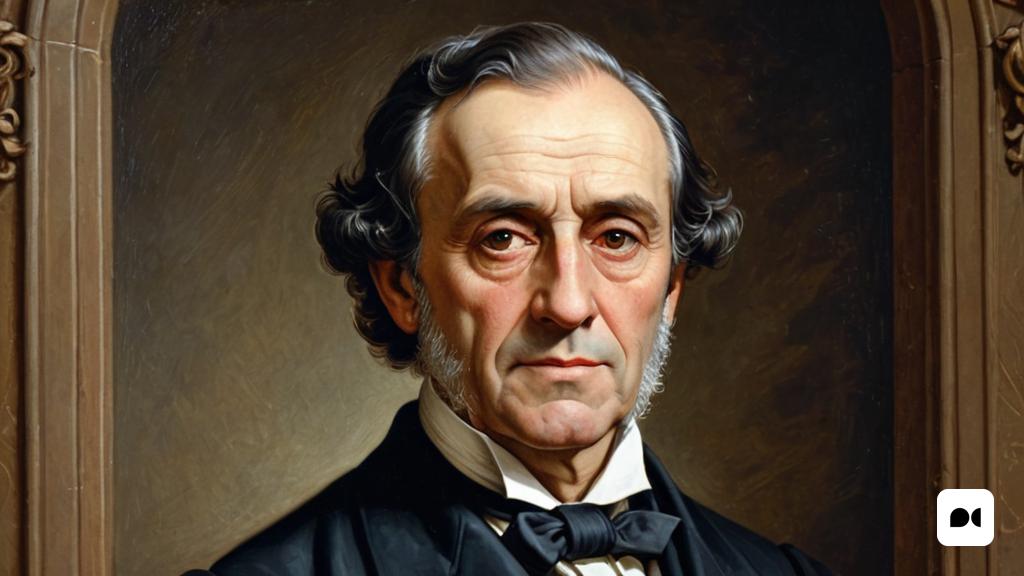The life and work of Pere Labèrnia and Esteller
On a day like today, 164 years ago, in Barcelona, the lexicographer and grammarian Pere Labèrnia i Esteller died. This outstanding teacher was the founder and director of a private elementary and high school school called Sant Pere, located in the Santa Caterina neighborhood of Barcelona. Although the school no longer exists, during its operation it was affiliated with the University of Barcelona. However, Labèrnia’s recognition in the Barcelona academic environment is mainly due to his work as the author of the first modern dictionary of the Catalan language.
The Dictionary of the Catalan language
On July 18, 1839, 185 years ago, the first edition of the Diccionari de la llengua catalana amb la correspondence castellana i llatina was published. This work, composed of two volumes, was printed by the printing press of Josep Maria Bocabella, who would later be the promoter of the construction of the Sagrada Família temple in Barcelona. The dictionary was created by Pere Labèrnia i Esteller and financed by Francesc Martràs. During the preparation of the dictionary, Labèrnia invested eighteen years of hard work (1821-1839), beginning in Tortosa while studying at the Conciliar Seminary. Labèrnia, born in 1802 in Traiguera, moved to Barcelona, where he earned a doctorate in Letters in 1828 and started a family.
The conservative approach to the dictionary
The Diccionari de Labèrnia was characterized by its conservative approach. The author defended the idea of preserving spelling and avoiding innovations that could generate orthographic anarchy in the Catalan language. Unlike Pompeu Fabra’s dictionary, published in 1917, Labèrnia opted for solutions that adjusted to the pronunciation of Barcelona. For example, he used feminine plural endings in -as. This dictionary became the lexicon of the Catalan Renaixença and was a fundamental reference for those who collaborated on the Diccionari Alcover-Moll.
The legacy of Labernia
The Diccionari de Labèrnia was a work of great prestige and authority in Catalonia until the appearance of Pompeu Fabra’s dictionary and grammar in 1917. It is believed that Fabra used the entries in Labèrnia’s dictionary as a basis for his own work. Labèrnia’s legacy lives on in the Catalan language and his contribution to the study and preservation of the language is widely recognized.

